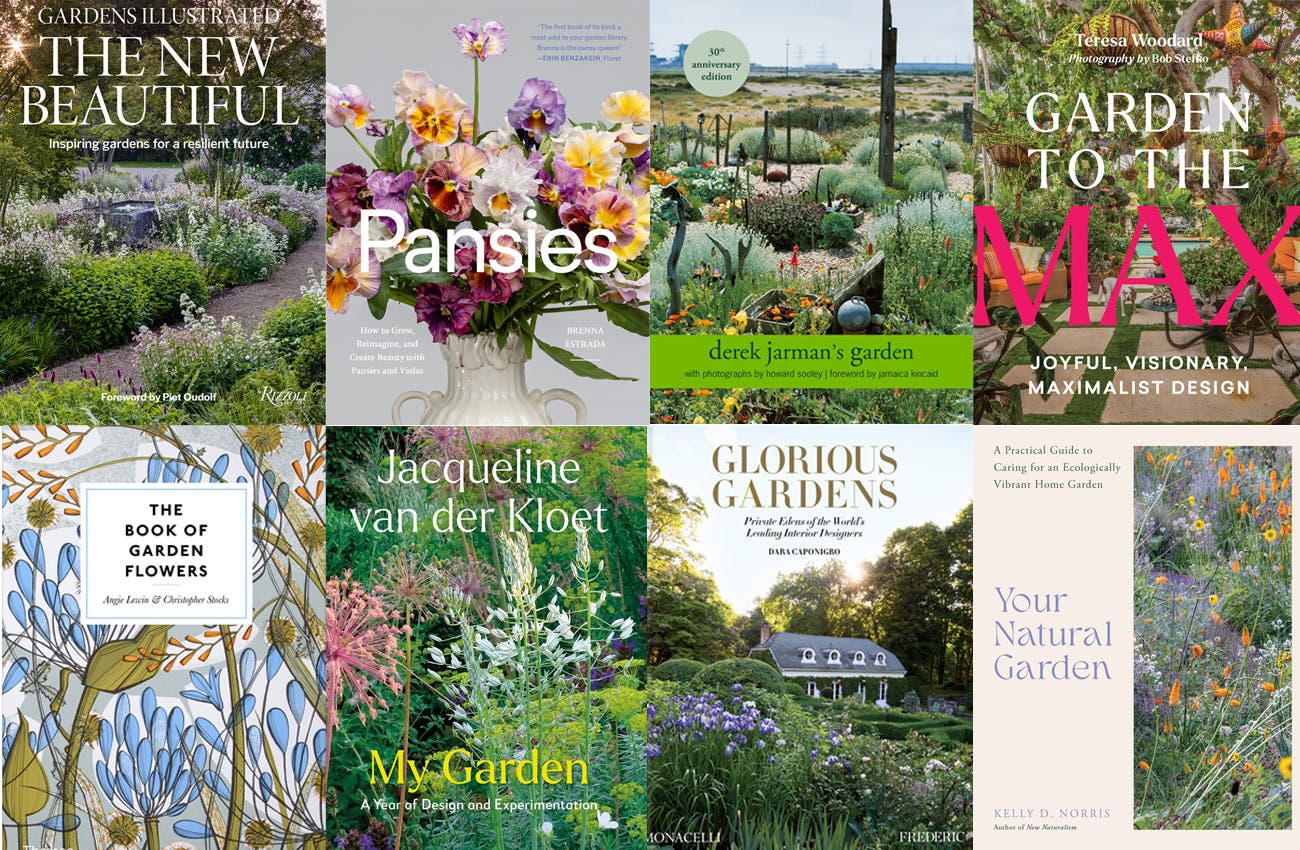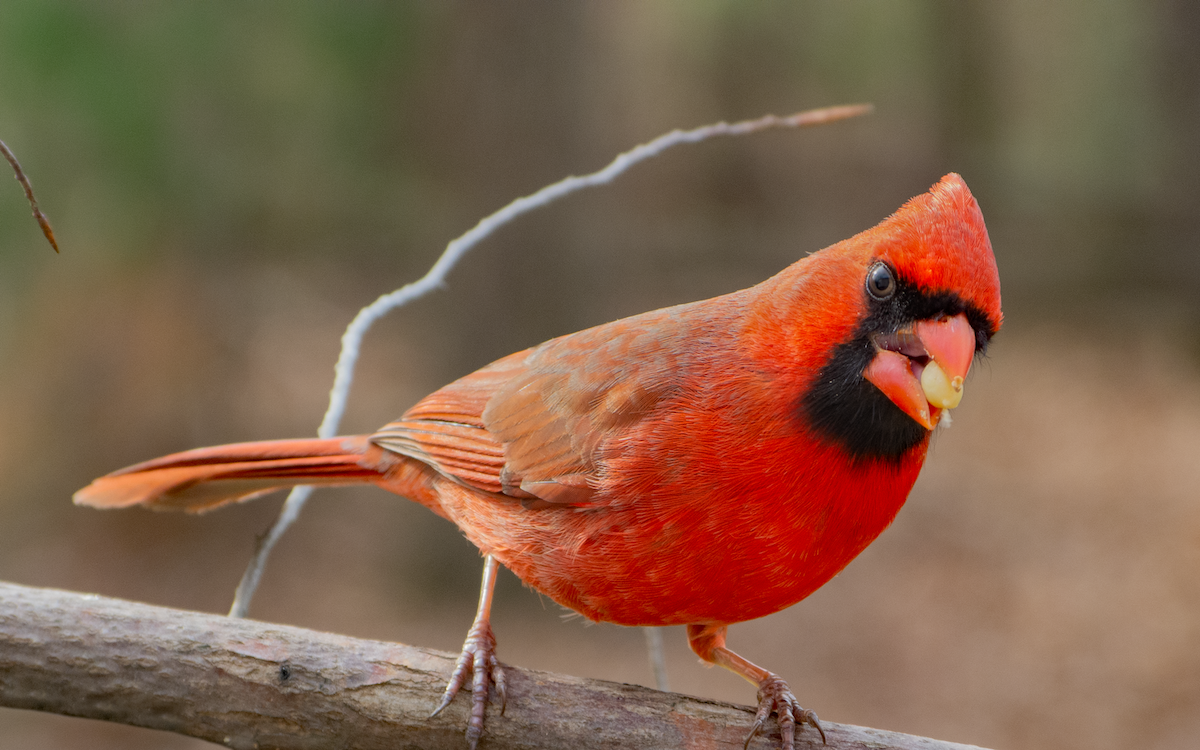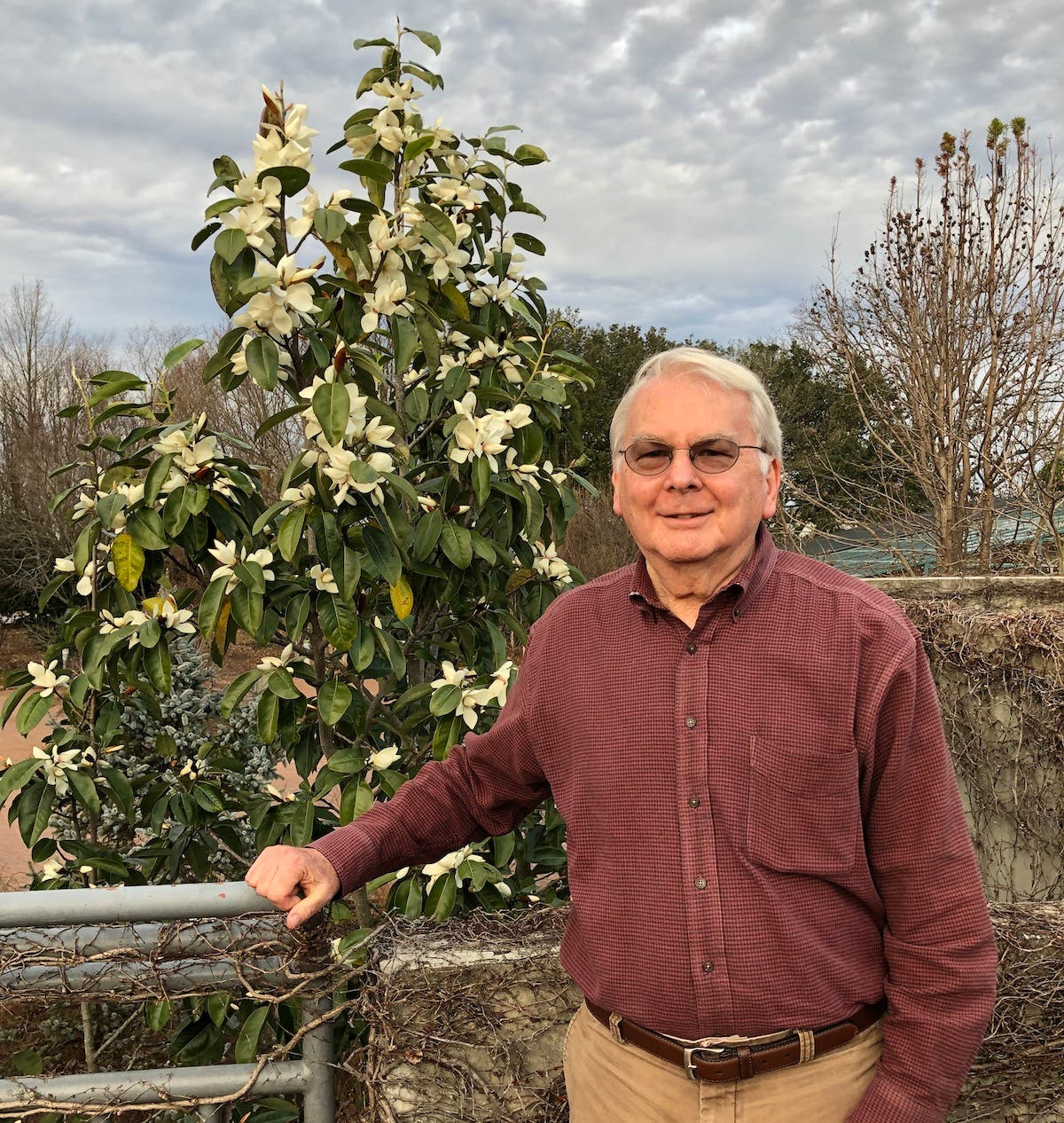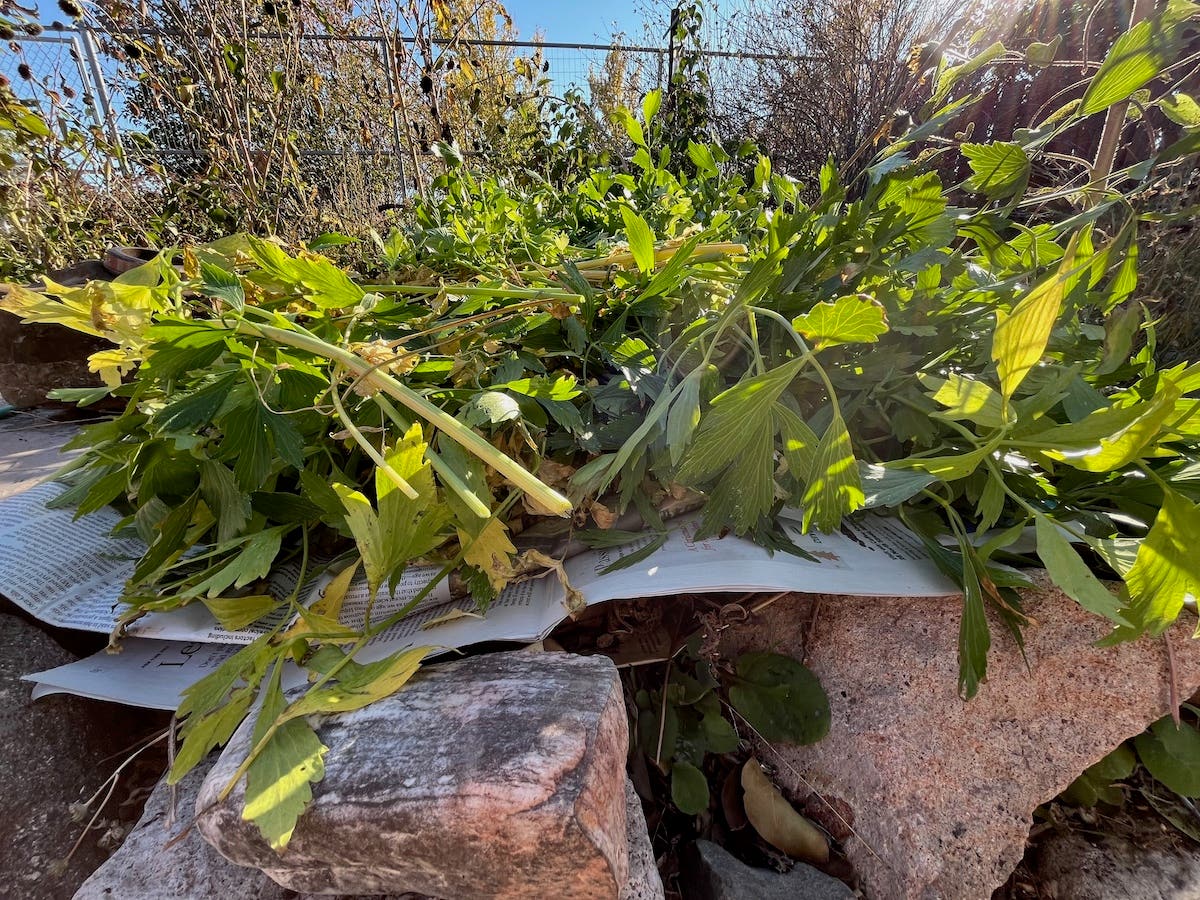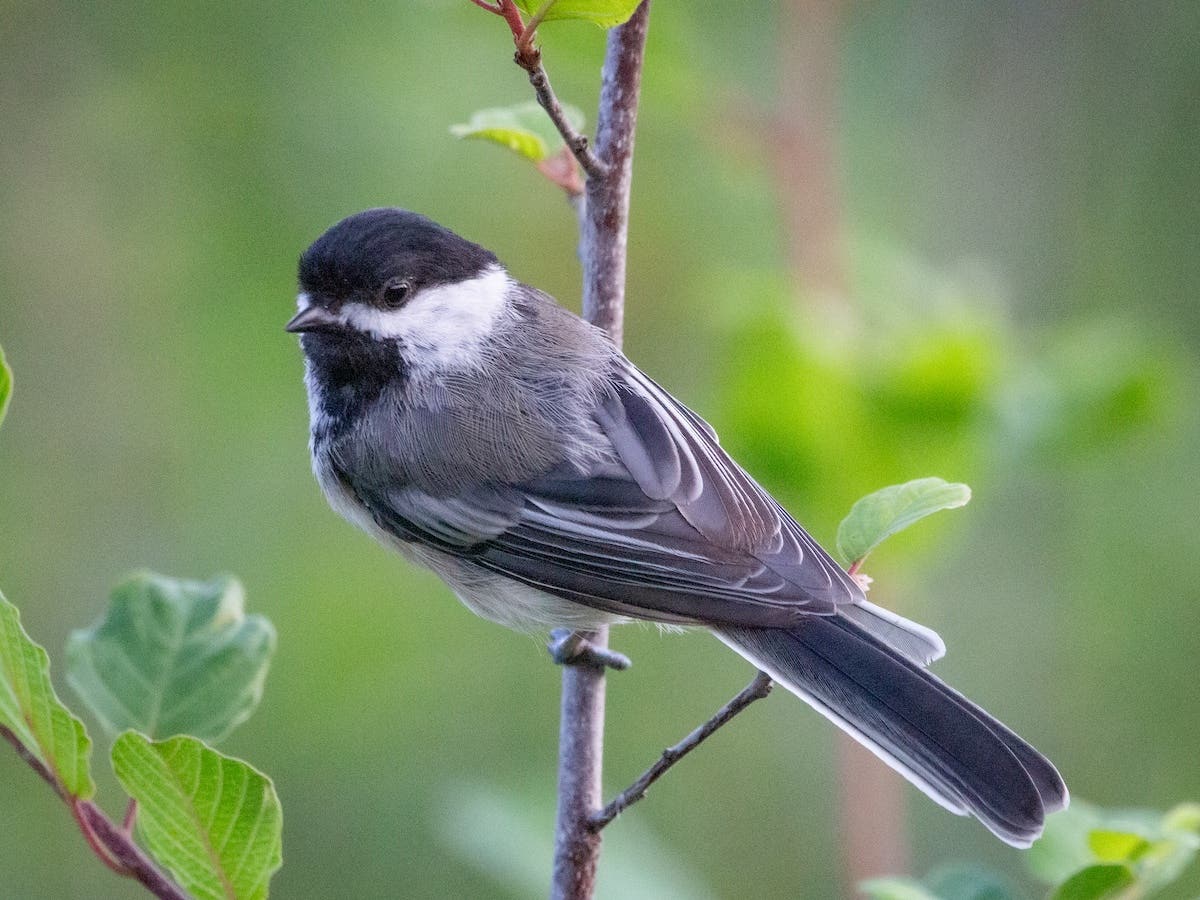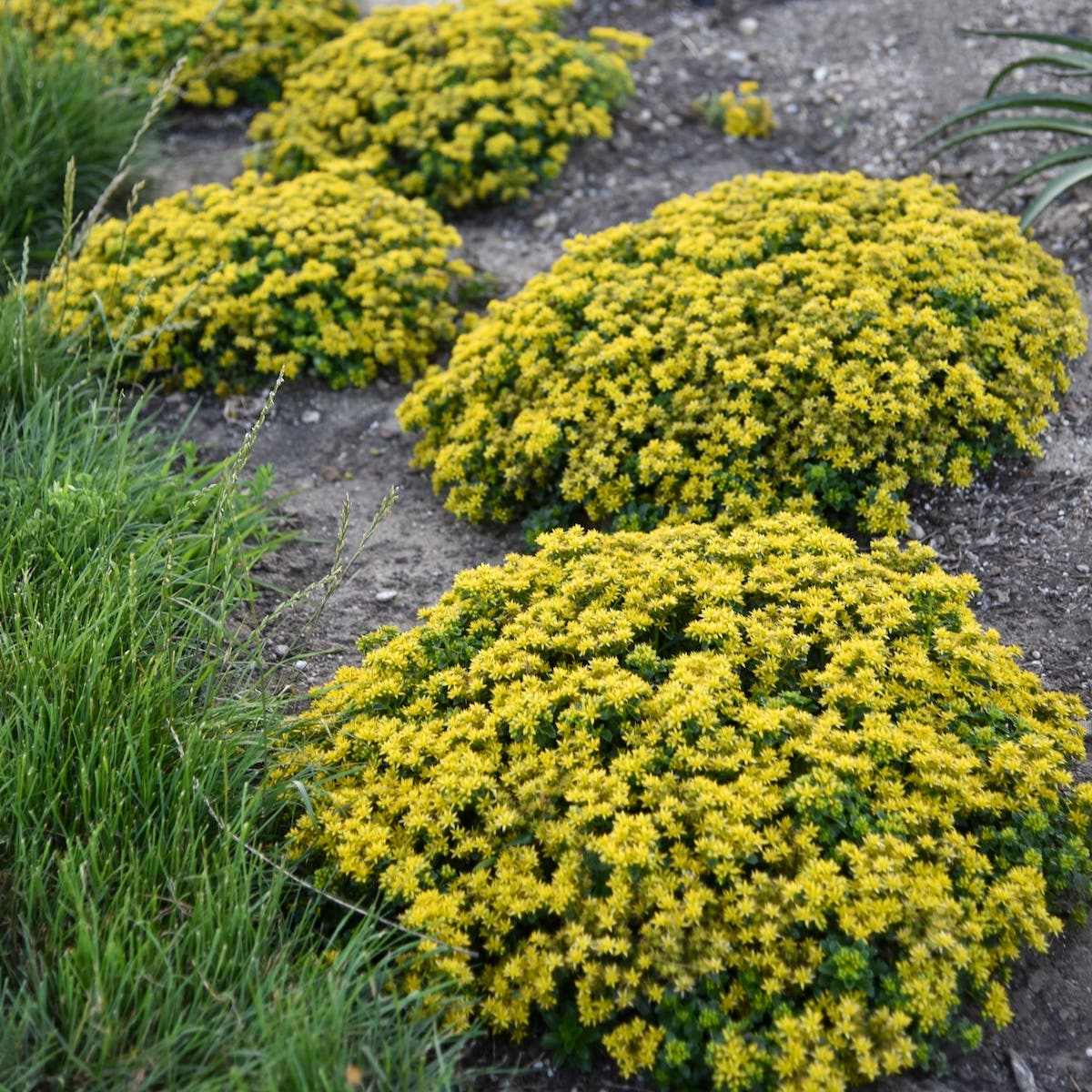Salvia and Hummingbirds: the Perfect Pair
Learn why salvias are a must for attracting hummingbirds.
As an Amazon affiliate, we earn from qualifying purchases made through affiliate links.
Flowers evolved for hummingbirds
With their long, slender beaks, hummingbirds are well equipped to feed from any flower with an elongated tubular shape, from honeysuckle to grevillea. However, there is ample evidence that their unique beak, as well as their hovering ability, are evolutionary adaptations made to obtain a sugary reward from specific plants that grow in the various hummingbird habitats, which occur entirely in the western hemisphere.
Other continents certainly offer tubular flowers from which hummingbirds will drink if given the chance, but the hummingbird hotbeds of Central and South America boast a plethora of species with the classic morphology of a hummingbird nectary. And, luckily for gardeners, the largest group of New World plants that embodies those traits happens to be common in the horticultural trade: the salvias.
Salvias and Hummingbirds
More than half of the nearly 1,000 species of Salvia originate in the tropical and subtropical regions of the Americas, where they’ve commingled with hummingbirds for eons. Ornithologists and botanists have developed a detailed understanding of their relationship because both are so abundant.
In short, hummingbirds provide pollination services in exchange for food from the flowers, similar to bees and many other insects. But the relationship is much more direct than that—in many salvias, hummingbirds literally push a lever that brushes the stamens against their head. The nectar-fueled birds then head off to the next flower wearing a crown of golden pollen, ensuring the evolutionary survival of both species. Bart O’Brien, the director of the botanic garden at Tilden Regional Park in Berkeley, Calif., and a salvia specialist, calls this unique pollination mechanism the “trapdoor.”
“The stamens are held in a hood-like structure in the corolla,” he says, “and they stay in there unless something like a hummingbird bill enters that narrow tube and tips the mechanism in the throat of the flower.” He says you can experience the trapdoor yourself by pushing a toothpick deep into the corolla. It’s most pronounced on species with elongated flowers, and O’Brien recommends trying it out on the electric purple-blue blossoms of Salvia guaranitica, also known as anise-scented sage, which is commonly grown throughout much of the United States.
Why has salvia evolved to attract hummingbirds?
Well, there are so many pollinators out there, and so many flowers vying for their attention. Some pollinators are quite promiscuous, visiting any flower into which they can get their proboscis. Salvias and hummingbirds represent a more monogamous approach. By fine-tuning their flowers to fit hummingbird morphology, salvias have essentially proposed a long-term marriage, one measured in the millennia it takes for plants and animals to evolve. The birds benefit, too, thanks to the makeup of salvias’ nectar.
“The types of sugars in nectar are specific to bird-pollinated plants versus insect or mammal-pollinated plants,” explains O’Brien. To keep their best pollinators coming back, the plants provide just what those organisms need for their own survival. Insect pollinators prefer simple sugars, like fructose and glucose, which are easier for their bodies to break down and use. Hummingbirds, however, have a thirst for sucrose, which is essentially white table sugar.
“Hummingbirds have taste buds much more like our taste buds, compared to most insects,” says Sheri Williamson, director/naturalist at the Southeastern Arizona Bird Observatory, who has been studying hummingbirds for more than 20 years. It’s not that hummingbirds won’t use simpler sugars, but their physiology allows them to break down the sucrose molecules and “get more bang for their buck,” says Williamson. With wings that beat 50 times per second and a heart that races with over 1,000 beats per minute, hummingbirds burn a lot fuel to power their frenetic lifestyle.
Salvias Have Color Cues for Hummingbirds
Hummingbirds have an acute sense of taste that guides them to the most sucrose-rich flowers, but the flowers also provide more overt cues. Salvias with red, pink or orange flowers are waving a flag that hails hummingbirds from the sky. Bird vision is attuned to these long wavelength tones, meaning they look brighter and more alluring to their eyes. Meanwhile, insects find those colors rather drab and dull and gravitate toward blues and purples
Hummingbirds do visit blue, purple, yellow and cream-colored salvias, but those salvias rely on more subtle tactics to draw the birds. Here it’s as much about what they don’t have, that keeps insects away and draws hummingbirds close. Hummingbird-pollinated flowers are typically scentless, for example, while insect-pollinated species often waft perfume into the air. Hummingbirds and most insects can see into ultra-violet spectrum, which makes patterns on the surface of some petals (known as nectar guides) stand out as if a black light is shining on the flower. But hummingbird-pollinated flowers lack those markings, leading ornithologists to conclude that hummingbirds are genetically programmed to head for the less-adorned flowers first.
Hummingbirds Need Gardeners Help
Anna’s and rufous hummingbirds are common in western North America, while ruby-throated hummingbirds are the only species that breeds in the East. Most populations are migratory, wintering anywhere from Florida to Panama. Historically, their migratory paths coincided with the flowering periods of their favorite flowers, which include many of the native salvias in the western United States.
Thanks to gardeners importing other nectar-rich species from all over the world, hummingbird flight patterns are changing.
“Hummingbirds pick up the visual cues and are very good at recognizing the sorts of flowers that have the rewards they want and they’re also very fast learners,” says O’Brien, noting how the popularity of European and South American salvias has greatly extended hummingbird season in colder climates. “They’ve learned to use many other flowers that they didn’t co-evolve with.”
Williamson agrees: “Gardening is becoming an increasingly important factor in allowing the birds to expand their winter ranges. They’re prospering so much that they’re continuing to evolve and we are seeing increasing numbers of hummingbirds that are overwintering in the U.S.” In fact, Anna’s hummingbirds are now living year-round in southwest British Columbia.
Gardening is a boon for the birds, but it also makes them reliant on gardeners for survival—with such a high rate of metabolism, going without nectar for even a short period can mean the difference between life or death. With species that bloom in every month of the year, salvias are a deep repository of nourishment in this exciting new world where hummingbirds may show up any time the ground isn’t frozen—if you provide their favorite treats, that is.
Top Salvias for Hummingbirds
Hummingbird experts Bart O’Brien and Sheri Williamson recommend the following salvia species as hummingbird magnets for these fascinating fliers. Learn more about the listed varieties here.
- Salvia clevelandii: Cleveland sage, blue sage
- Salvia elegans: Pineapple sage
- Salvia greggii: Autumn sage
- Salvia guaranitica: Anise-scented sage, hummingbird sage
- Salvia leucantha: Mexican bush sage, velvet sage
- Salvia leucophylla: Purple sage
- Salvia madrensis: Forsythia sage
- Salvia microphylla: Baby sage, blackcurrant sage
- Salvia regla: Royal sage, mountain sage
- Salvia spathacea: Hummingbird sage, pitcher sage
Hummingbird Image credit: Renee Grayson/CC BY 2.0
Further reading: Learn more about the nature of hummingbirds and how to support them in your garden with The Hummingbird Handbook by birder, outdoorsman and photographer John Shewey.


